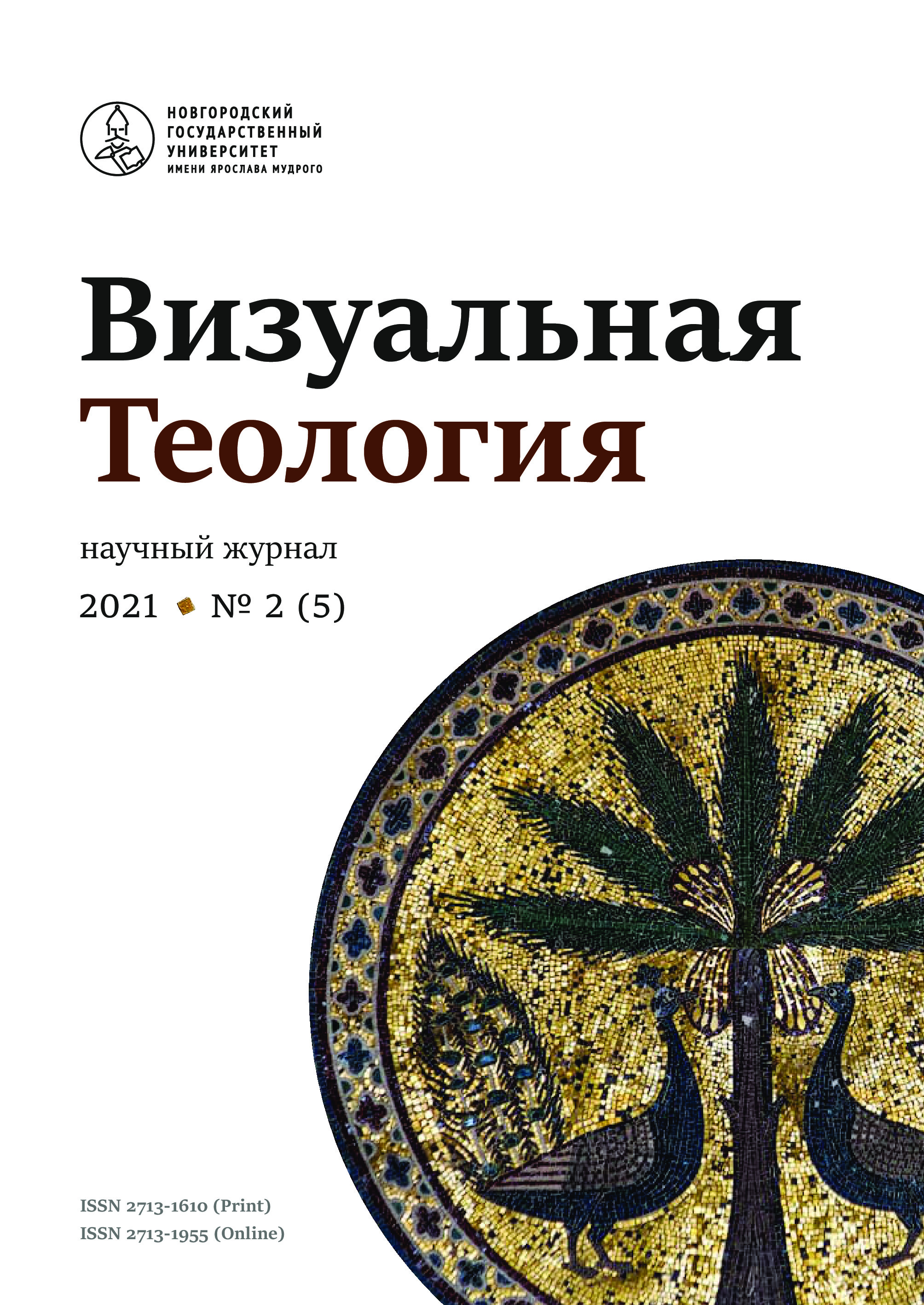The Typology of the Otherness in the Russian Iconography of Ancient Philosophers
Abstract
Russian Orthodox iconography of ancient philosophers and thinkers has long attracted Western and Russian researchers. Greek and Roman philosophers depicted in Russian churches have almost nothing in common with real historical philosophers: their images were based on Byzantine Apocrypha, in which philosophers were proclaimed righteous pagans, proclaiming the coming of Christ long before his birth. However, contrary to the popular point of view, the Russian Orthodox iconography of ancient philosophers and intellectuals is presented in a much larger number of sources than it was considered before this article. The author lists the sources of the sixteenth century already studied, including the most important frescoes in the western gallery of the Annunciation Cathedral in the Moscow Kremlin, as well as images from the gilded gates in the Annunciation Cathedral and from the golden gates of the Ipatievsky Monastery in the Kostroma Region. In addition, the author introduces for the first time three new sources, two of which, tempera paintings of the eighteenth century with Hermes and Aphrodite, and frescoes of the seventeenth century carved from the walls of the Moscow Novospassky monastery with images of Aristotle, Solon, Plutarch, and Anacharsis, are kept in the State Historical Museum in Moscow, and another, illustrated seventeenth-century collection of aphorisms of the Hellenic sages named “Melissa”, is in the collections of the Russian National Library in St. Petersburg. The latter contains images of twenty-six Hellenic sages, many of whom are repeated several times, which makes it an extremely valuable visual source for studying the images of ancient philosophers and the peculiarities of their iconography. The author establishes a typology of all the ancient philosophers found in Russian Orthodox iconography, dividing them into four groups: (1) historical philosophers, (2) historical intellectuals, (3) sibyls, and (4) gods. After that, the text analyses the meaning of visual markers of otherness that are present in all samples of the studied array of iconography. The types of such markers are, namely, oriental clothes, hats (especially the Phrygian cap, and crowns), hairstyles, and physiognomy. The interpretation of the most important attributes of the “Hellenic sages” in the context of the peculiarities of Russian Orthodox iconography is given. These attributes were typical for the depiction of pagans and people of the East, and in some cases, visual markers are used, similar to those used in Russian iconography to denote demons. It is assumed that the meaning of such visual markers was that they showed the viewer the Hellenic sages as the Other. Ancient philosophers and intellectuals were presented as pagans from the East, since it was necessary to visually separate them from the real saints recognized by the Orthodox Church. Even though all of them were credited with prophecies about the rise of Christianity, the primary role of the above attributes was the visual differentiation of pagan philosophers from Orthodox saints.


